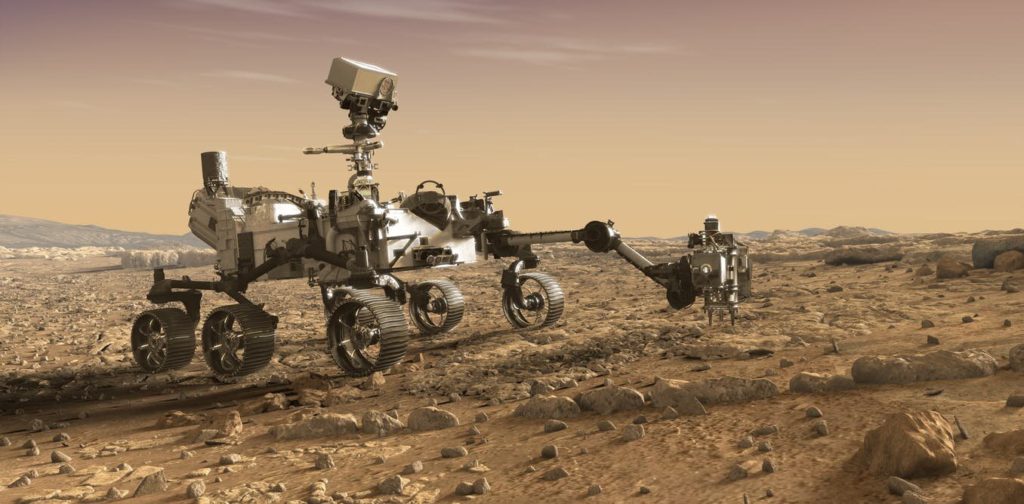It will be one of the most daunting, complicated and, potentially, scientifically rewarding missions ever undertaken to the red planet. Ministers at a recent meeting of the European Space Agency (ESA) have fully committed to plans to collect samples from the surface of Mars and return them to Earth, in a joint effort with NASA. Official approval for the NASA budget to cover this mission is anticipated early next year.
The as yet unnamed mission will be accomplished with a series of launches, beginning in July 2020, with the Mars 2020 rover, which was already going ahead. This is a nuclear powered robotic rover which will make a precise touchdown in the Jezero crater in February, 2021.
In the three years between 1969 and 1972, six Apollo missions managed to bring back 380 kilograms of lunar samples. Retrieving any samples from the Martian surface, however, is significantly more difficult due to the vast distances involved.
For this reason, the project comprises three separate spacecraft. The first part of the mission is the deployment of the Mars 2020 rover. Even this will be daunting – it is notoriously difficult to land anything on Mars. Aside from conducting a number of scientific investigations of its own, the rover will gather up to 38 individual samples of Martian soil which it will store in sealed containers. The samples will need to be kept safe until at least 2026.


